Submersible pumps are essential for various industries, from agriculture to wastewater management.
However, their efficiency and longevity depend heavily on proper calibration. Without accurate calibration, pumps may underperform, consume excess energy, or fail prematurely.
This guide breaks down the key methods to ensure your submersible pump operates at peak performance—helping you save costs and avoid downtime.
Why Is Calibration Critical for Submersible Pumps?
Ensures Optimal Performance
Precise calibration guarantees that a submersible pump operates at its designed capacity, delivering the correct flow rate and pressure for its specific application.
Misaligned settings can lead to insufficient water delivery or excessive strain, causing system failures in irrigation, drainage, or industrial processes.
Regular calibration checks maintain hydraulic efficiency, ensuring the pump meets both operational demands and safety standards.
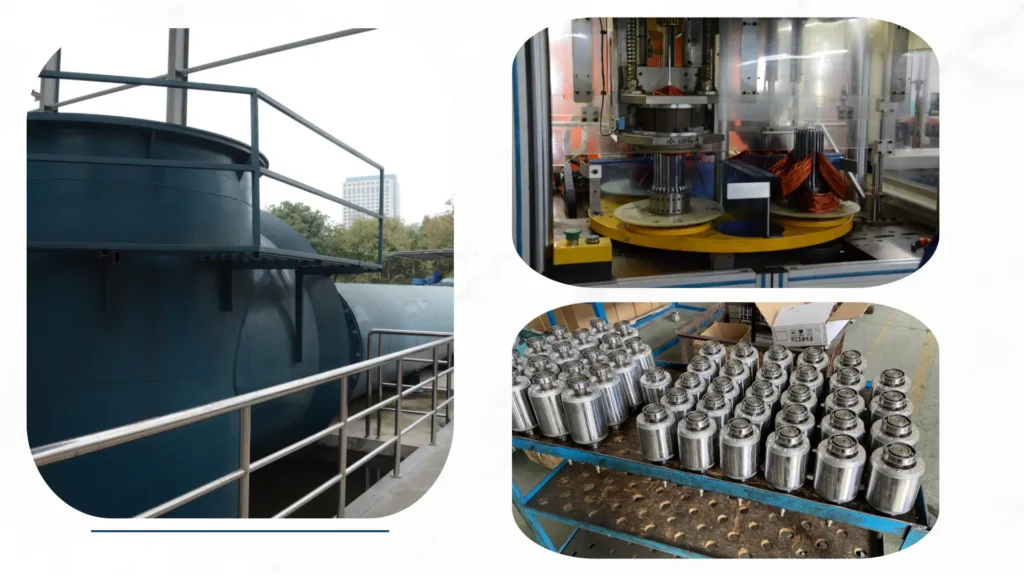
Reduces Energy Consumption
An accurately calibrated pump runs at peak efficiency, consuming only the necessary power to maintain required performance levels.
Over-pressurization or incorrect speed settings force the motor to work harder, wasting electricity.
Proper calibration aligns the pump’s power draw with actual demand, significantly cutting energy costs in long-term operations.
Extends Equipment Lifespan
When a pump operates outside its optimal range, components such as seals, bearings, and impellers degrade faster due to increased friction and vibration.
Calibration prevents these stress factors, reducing mechanical fatigue and avoiding unexpected breakdowns.
This proactive maintenance approach maximizes the pump’s service life and lowers replacement costs.
What Tools Are Needed for Accurate Calibration?
Pressure Gauges
Installed at the pump’s discharge point, pressure gauges provide real-time readings to verify that output meets system requirements.
Comparing these measurements against manufacturer specifications helps adjust relief valves or speed controls, preventing dangerous overpressure conditions that could damage pipelines or the pump itself.
Flow Meters
Flow meters measure the volume of liquid moved per unit of time, confirming whether the pump meets its rated capacity.
Ultrasonic or mechanical meters can detect irregularities, such as blockages or impeller wear, that might reduce efficiency.
This data is essential for fine-tuning pump speed or identifying maintenance needs.
Multimeters
Electrical calibration requires checking input voltage, current, and phase balance to ensure the motor runs within safe limits.
Multimeters help diagnose power supply issues—like voltage drops or unbalanced phases—that could lead to overheating or reduced performance.
Proper electrical calibration protects both the pump and connected control systems.
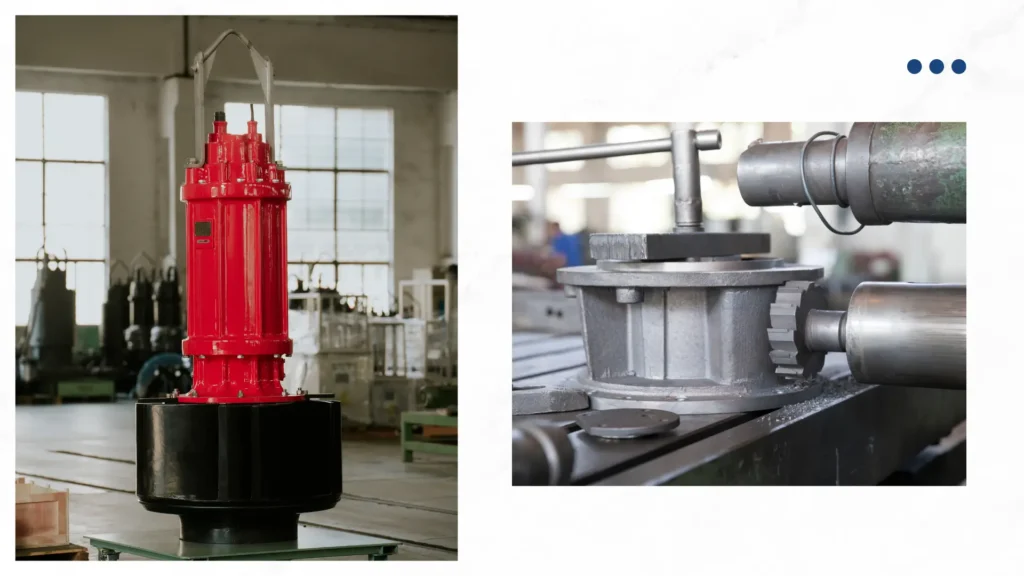
Calibration Software
Modern smart pumps often integrate with diagnostic software that logs performance trends and automates adjustments.
These programs analyze data from sensors, recommend calibration changes, and even predict future maintenance needs.
Cloud-based systems enable remote monitoring, allowing technicians to optimize settings without onsite visits.
How Often Should You Calibrate Your Submersible Pump?
After Installation
The first calibration should occur immediately after installation to verify the pump operates correctly in its actual working conditions.
Factors like water depth, pipe resistance, and power supply quality can affect performance.
This initial check ensures the pump meets its rated specifications and prevents early failures due to improper setup.
During Routine Maintenance
Scheduled calibration every 6-12 months helps maintain peak efficiency as components naturally wear over time.
Regular checks can reveal subtle changes in flow rate or pressure that indicate developing issues like impeller erosion or seal degradation.
This preventive approach reduces unexpected breakdowns and costly emergency repairs.
Following Repairs or Modifications
Any service involving motor replacements, impeller changes, or control system updates requires recalibration.
Even minor adjustments can alter the pump’s hydraulic balance or electrical characteristics.
Post-repair verification ensures all components work harmoniously and maintains system reliability.
What Are the Key Steps in the Calibration Process?
Check Manufacturer Specifications
Begin by consulting the pump’s technical manual for its designed operating parameters.
These specifications include optimal flow rates, pressure ranges, voltage requirements, and maximum load capacities.
Having these benchmarks ensures calibration targets are accurate and safe for the equipment.
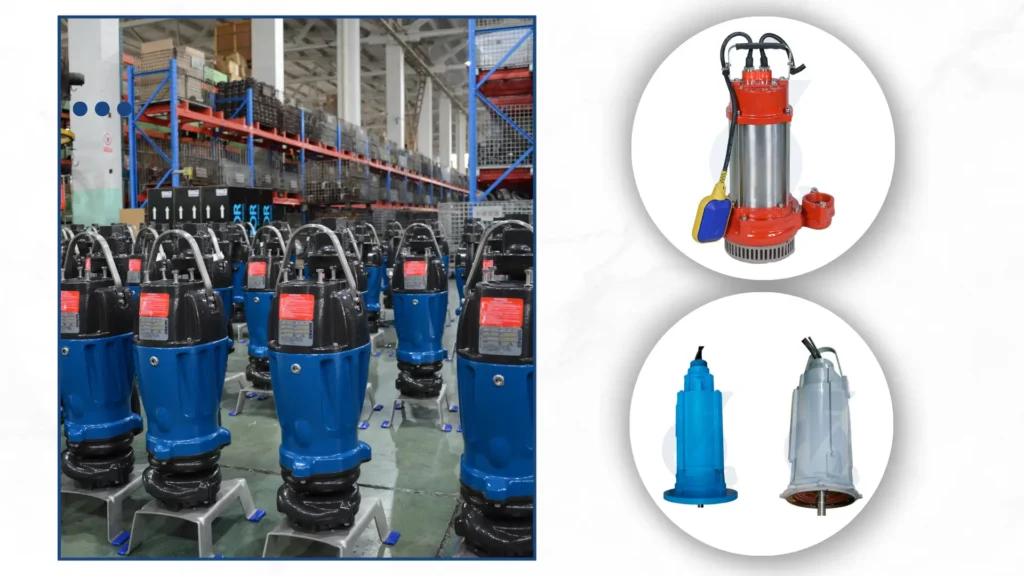
Measure Actual Performance
Using calibrated instruments, record the pump’s real-time discharge pressure, flow volume, and power consumption.
Compare these readings against the manufacturer’s specifications to identify any deviations.
This step often reveals hidden issues like pipe obstructions or electrical imbalances affecting performance.
Adjust Settings as Needed
Based on performance measurements, fine-tune the pump’s controls.
This may involve adjusting variable frequency drive settings, modifying relief valve pressures, or balancing three-phase power inputs.
Small incremental changes should be made while continuously monitoring output to achieve optimal operation.
Document Results
Maintain detailed records of all calibration measurements, adjustments made, and final performance values.
This historical data helps track the pump’s condition over time, facilitates warranty claims, and provides valuable information for future maintenance planning.
Digital logs with timestamps create an auditable maintenance trail.
Can Environmental Factors Affect Calibration?
Water Temperature
Fluid viscosity changes significantly with temperature variations, directly impacting pump performance.
Cold water increases density, requiring more power to maintain flow rates, while hot water may reduce lubrication effectiveness.
Seasonal temperature shifts often necessitate recalibration to ensure consistent operation, especially in applications like geothermal systems or industrial processes with temperature-sensitive fluids.
Depth and Pressure Conditions
Operating depth directly affects a submersible pump’s discharge pressure and flow characteristics.
Each additional meter of submersion increases static pressure, potentially altering the pump’s performance curve.
Systems operating across varying water levels, such as wells or reservoirs, require dynamic calibration adjustments to maintain optimal efficiency throughout different operating depths.
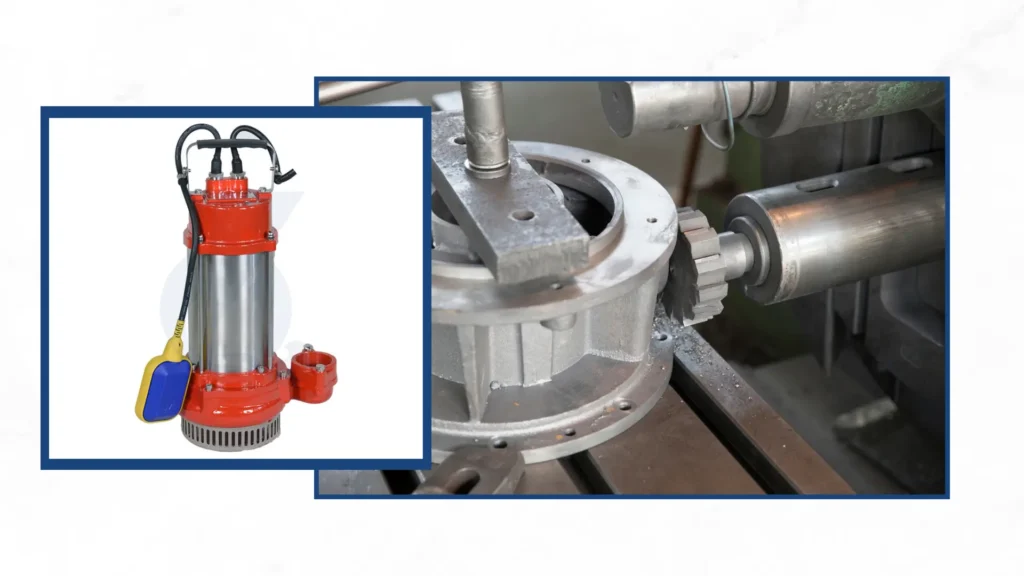
Water Quality
Contaminants like sand, salt, or chemical deposits can interfere with sensor accuracy and accelerate component wear.
High sediment loads may cause false flow meter readings, while corrosive elements can degrade pressure sensors over time.
In harsh water conditions, more frequent calibration becomes essential to compensate for these environmental effects and maintain measurement reliability.
What Are Common Calibration Mistakes to Avoid?
Ignoring Manufacturer Guidelines
Each pump model has specific operational parameters developed through rigorous testing.
Using generic calibration approaches or exceeding rated capacities risks mechanical failures and voids manufacturer warranties.
Technicians should always reference the pump’s manual for torque specifications, maximum RPM limits, and acceptable operating ranges before making adjustments.
Skipping Regular Checks
Postponing scheduled calibrations allows minor deviations to compound into significant performance issues.
A pump operating just 5% outside optimal parameters can increase energy consumption by 15-20% over time while accelerating wear on critical components.
Implementing a strict calibration schedule prevents these hidden costs and maintains system reliability.
Overlooking Electrical Factors
Power quality issues like voltage sags, harmonics, or phase imbalances frequently distort pump performance measurements.
Calibration procedures should always include verification of stable power supply within ±10% of rated voltage and balanced three-phase currents when applicable.
Electrical testing should precede hydraulic adjustments to ensure accurate calibration results.
How Can You Tell If Your Pump Needs Recalibration?
Unusual Noises or Vibrations
Excessive vibration or abnormal sounds like grinding or knocking often indicate mechanical stress caused by improper calibration.
These symptoms typically appear when the pump operates outside its optimal pressure range or experiences cavitation.
Left unaddressed, these vibrations can damage bearings, loosen fittings, and eventually lead to catastrophic failure.
Regular monitoring with vibration sensors helps detect these issues early.
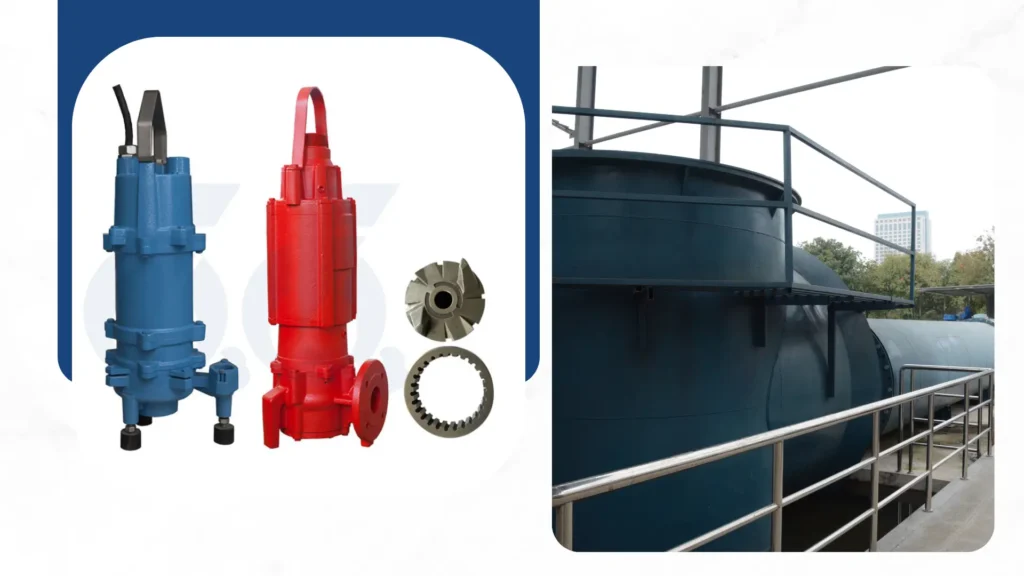
Inconsistent Water Flow
Fluctuations in water output—either pulsating flow or reduced pressure—strongly suggest calibration drift.
This commonly occurs when wear alters the impeller clearance or when control settings have shifted over time.
Flow inconsistencies particularly affect systems requiring steady pressure like irrigation networks or industrial processes, making prompt recalibration essential.
Higher-Than-Normal Energy Use
A calibrated pump maintains consistent energy efficiency.
When power consumption rises without increased output, it often means the motor is working harder to overcome internal resistance or system backpressure.
Smart meters tracking kWh usage provide clear evidence of developing inefficiencies, signaling when recalibration could restore optimal performance.
Conclusion
Precision calibration forms the foundation of submersible pump reliability and efficiency.
Implementing a comprehensive calibration program—using proper instrumentation, adhering to manufacturer specifications, and accounting for environmental variables—delivers measurable benefits.
Well-calibrated pumps demonstrate extended service life, reduced energy costs, and minimized downtime.
Establishing routine calibration as part of preventive maintenance ensures systems operate at peak performance while avoiding expensive emergency repairs.
The modest investment in regular calibration yields substantial returns through optimized operations and prolonged equipment viability.
And More:

